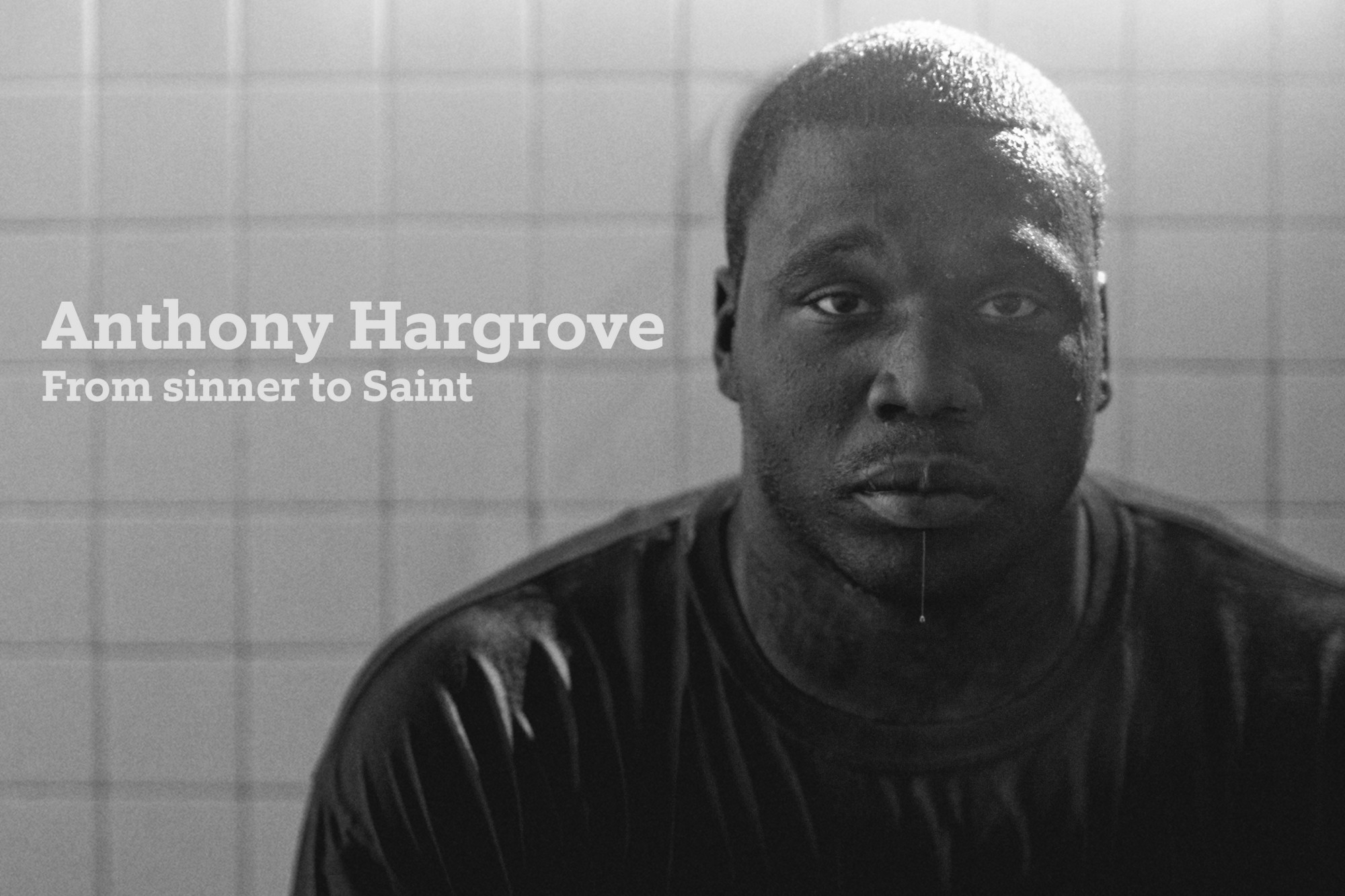This transformed my storytelling
Sixteen diamonds surrounding the face represent the 16 wins during the 2009 season. Forty-four diamonds circling the entire ring symbolize the 44th Super Bowl.
It’s 2010 and I’m sitting in Anthony Hargrove’s living room as he whooshes around the apartment singing, dancing, and all-round freaking out. He’s just come home from the Super Bowl Ring Ceremony, and he’s showing off his bling like it’s the best moment in his life.
And it very well could have been. He’s been through some tough moments. Having lost his mom to AIDS when he was 6, and bounced between family members and foster care from then on, he believes God compelled him to feel the ravages of drugs and alcohol along his journey.
They say he went from sinner to Saint. Not only did he rehabilitate himself, but found new purpose in his life through helping others find themselves and push through their own hardships.
As many of you know, I have a background in photography and video storytelling. I’d been asked by the NFL Network to create a photo essay that reflected the emotional arc of his life. I’d need to capture images that expressed some of his lowest moments, and others that celebrated his greatest joys. I’d need to develop a relationship with him for any of this to happen.
We’d need to trust each other. And we’d both need to be vulnerable for any of it to feel genuine.
Back then, I was a photographer with experience in video storytelling, and because of that, I had a secret weapon. I had an approach no other photographer had. I could tap into a set of techniques that were being left on the table by so many other creatives, which gave me an edge, brought bigger opportunities, and greater purpose.
Sometimes when you form habits or are too close to something, it’s hard to see it objectively. So I took a moment to reflect on what that edge really was. Was it just about being good at connecting with people? That was certainly a part of it.
But there were so many other assets I was leveraging that, I thought, could be really useful to other photographers who are either thinking about transitioning to video, or who’d be interested in making their stills work a little more… cinematic. More emotional. More purposeful.
But there was one asset that stood over and above the rest. As an extension of the importance of personal connection was the principle of questioning the obvious. It’s easy to go with the obvious choice (in storytelling and beyond). And sometimes that’s ok… sometimes the obvious choice is obvious because it’s the best one.
But most times, it behooves us to question whether there’s a better way. Another perspective that’ll make a bigger impact. A unique approach that will move people in a bigger way.
Since 2010 I evolved from a photographer to a marketing film director, and now a specialist in narrative persuasion, and had the privilege to tell the stories of some of the most respected people and organizations in the world. And it’s a tough thing when one of them comes to you with an idea and you need to push back and challenge them on whether their suggested direction is really the most intentional way forward or if it’s just the obvious one.
The most frequent line we challenge clients on is, “We’ll need to feature the CEO in the film.” Should we though? Are you suggesting this because it’s the best political move or because the CEO is the best person for the job? What if the audience is full of 20-something graduates and you’re making a recruiting film trying to attract them to your company? The main character should be the type of person a new recruit could relate to on a really personal level. Is the CEO that person? Maybe. But we should probably consider other options too, just in case.
Often, the CEO is a great choice. But it depends on the goal and it depends on the audience.
All this to say, whenever there’s a story to tell, whether by video, photo, blog post, e-blast, or even in conversation, there will always be a number of perspectives to choose from. Whether you see the other options immediately or not, taking a step back and thinking through the variables will nearly always result in a much more compelling and intentional story in the end.
With gratitude,
Amina

